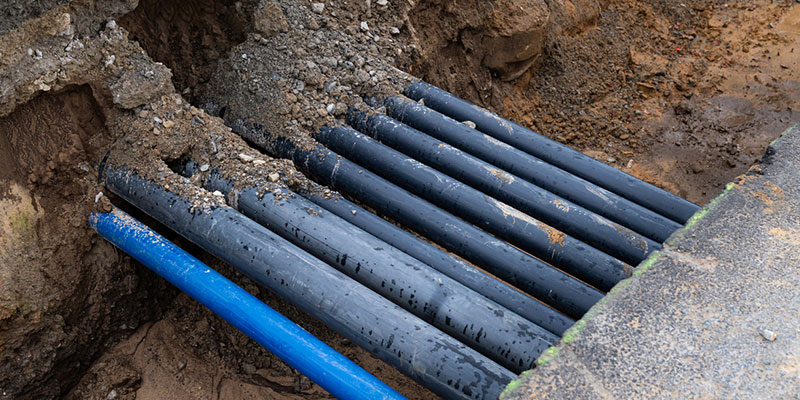When it comes to managing wastewater in urban and suburban areas, the sanitary sewer system plays a critical role. Proper sanitary sewer line connections are vital to maintain a clean and healthy environment. Join our experts from Tucker Land Development as we delve into the essential aspects of sanitary sewer line connections.

Sanitary sewer line connections refer to the network of underground pipes and conduits responsible for carrying wastewater from homes, businesses, and industrial facilities to treatment plants. These connections ensure the safe disposal of human waste and prevent environmental pollution.
Sanitary sewer line connections begin with a property’s plumbing system, which collects wastewater from sinks, toilets, showers, and other sources. This waste flows into a lateral pipe, which connects to the larger sewer main in the street. The sewer main is a crucial part of the sanitary sewer system, as it conveys the wastewater to the treatment plant.
- Permits and Regulations. Before making a sanitary sewer line connection, it’s essential to obtain the necessary permits and adhere to local regulations. These guidelines ensure that the connection is made correctly and safely.
- Professional Assistance. Connecting to the sewer system is not a DIY project. It requires the expertise of licensed plumbers and our professional contractors who can ensure that the connection is made properly to prevent leaks and contamination.
- Maintenance. Regular maintenance of the sanitary sewer line connection is crucial. Inspections and repairs can prevent blockages and backups that could disrupt the proper functioning of the sewer system.
A sanitary sewer line connection is vital for maintaining public health and environmental integrity. Properly connecting to the sanitary sewer system ensures the safe disposal of wastewater, minimizing the risk of pollution and health hazards. Always consult with our professionals and follow local regulations when establishing or maintaining these connections.